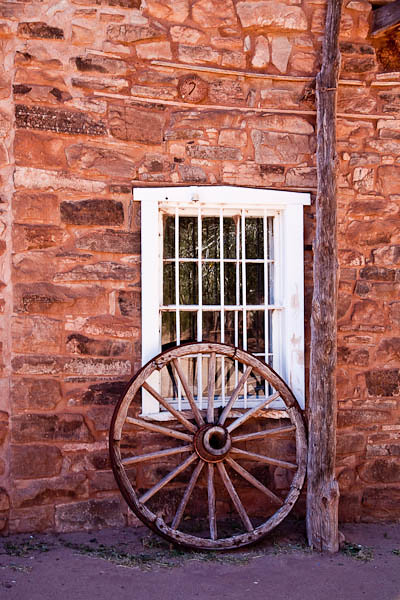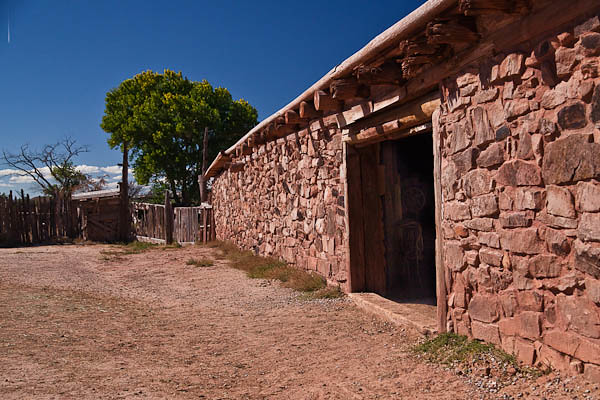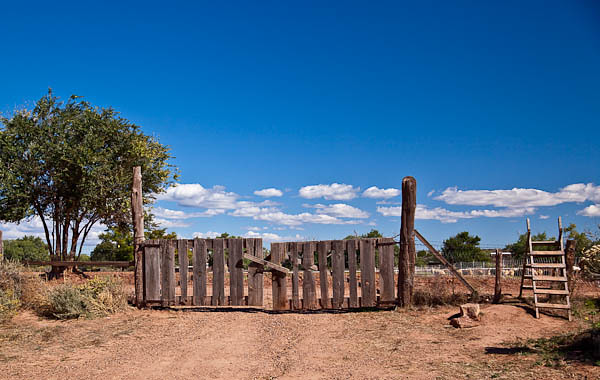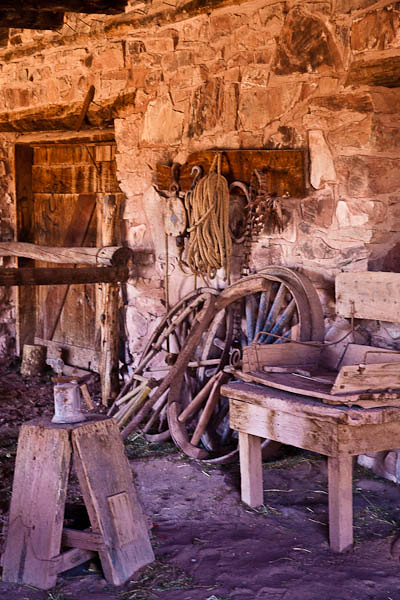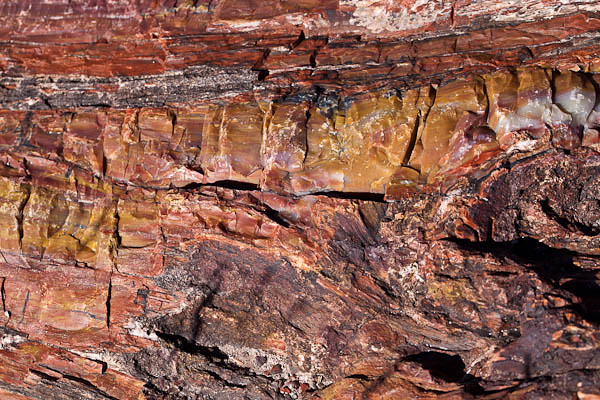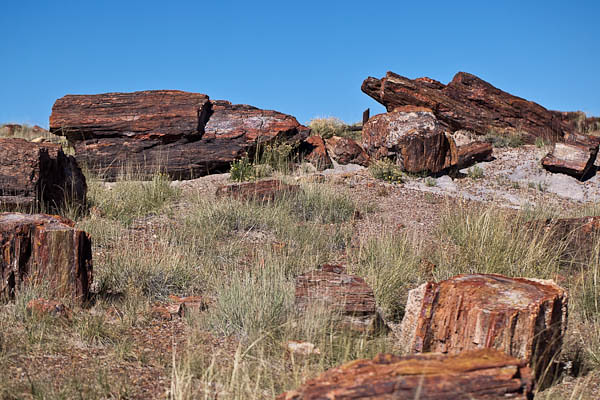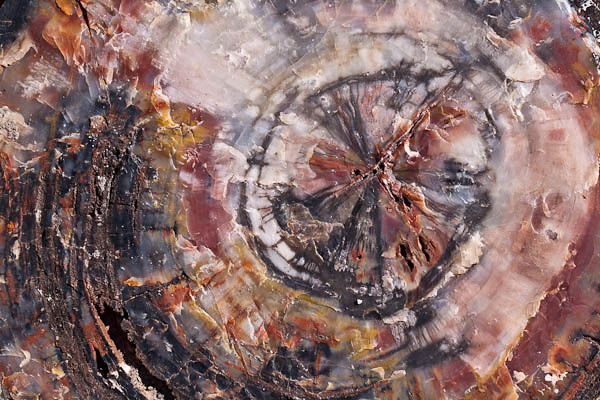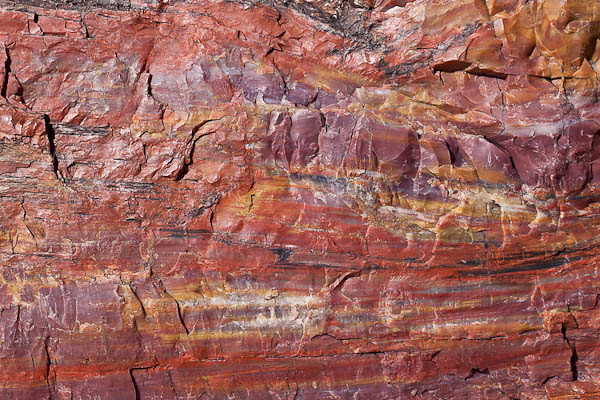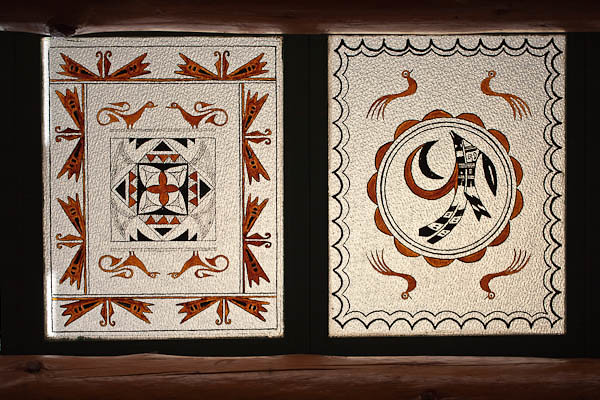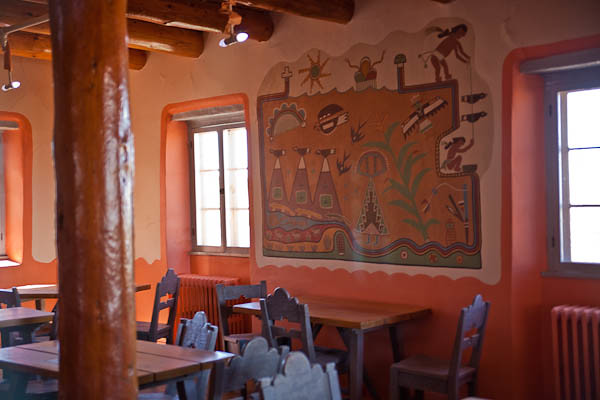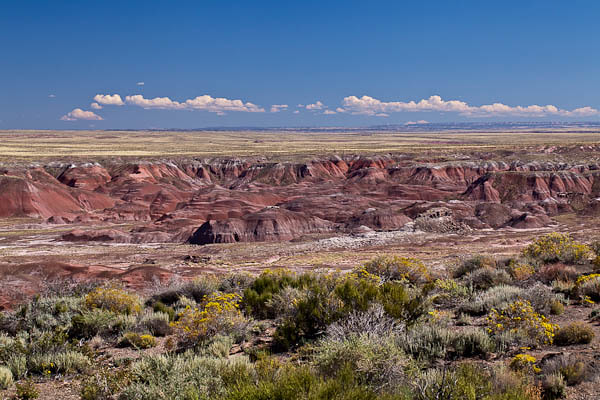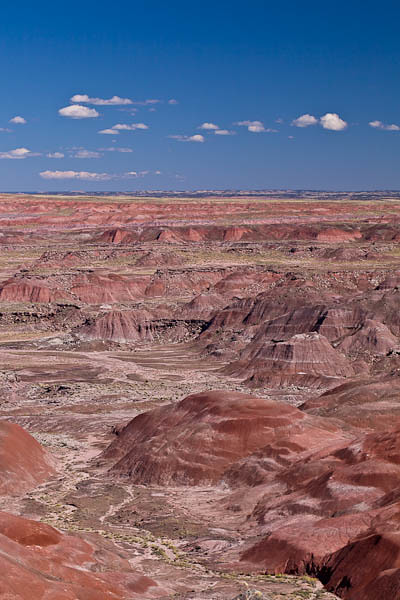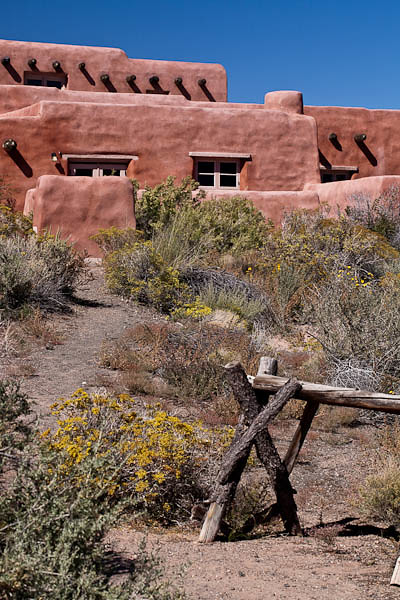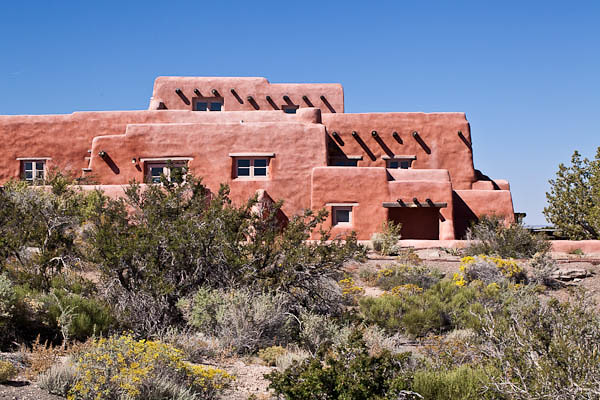One of the last sites we visited in Arizona before reaching the Four Corners area was the Hubbell Trading Post National Historic Site located in Navajo Nation in northern Arizona.
John Hubbell purchased the trading post in 1878, ten years after Navajos were given permission to return to their homes from their enforced exile at Bosque Redondo in New Mexico. The Navajos were introduced to many, different material goods during the four years they were in New Mexico and Hubbell and his family traded with the Navajo once they returned home.
He built a trading empire that included stage and freight lines as well as several trading posts.
This historic site is surrounded by the Navajo Nation. The 160 acres are on the Colorado Plateau in the high desert, approximately 6300 feet in elevation. The environment is comprised mostly of shrub land and Pinon and Juniper vegetation.
Various members of the Hubbell family operated the trading post continuously until the site was sold to the National Park Service in 1967. The trading post remains active, continuing the trading traditions the Hubbell family began in the 1870s.
